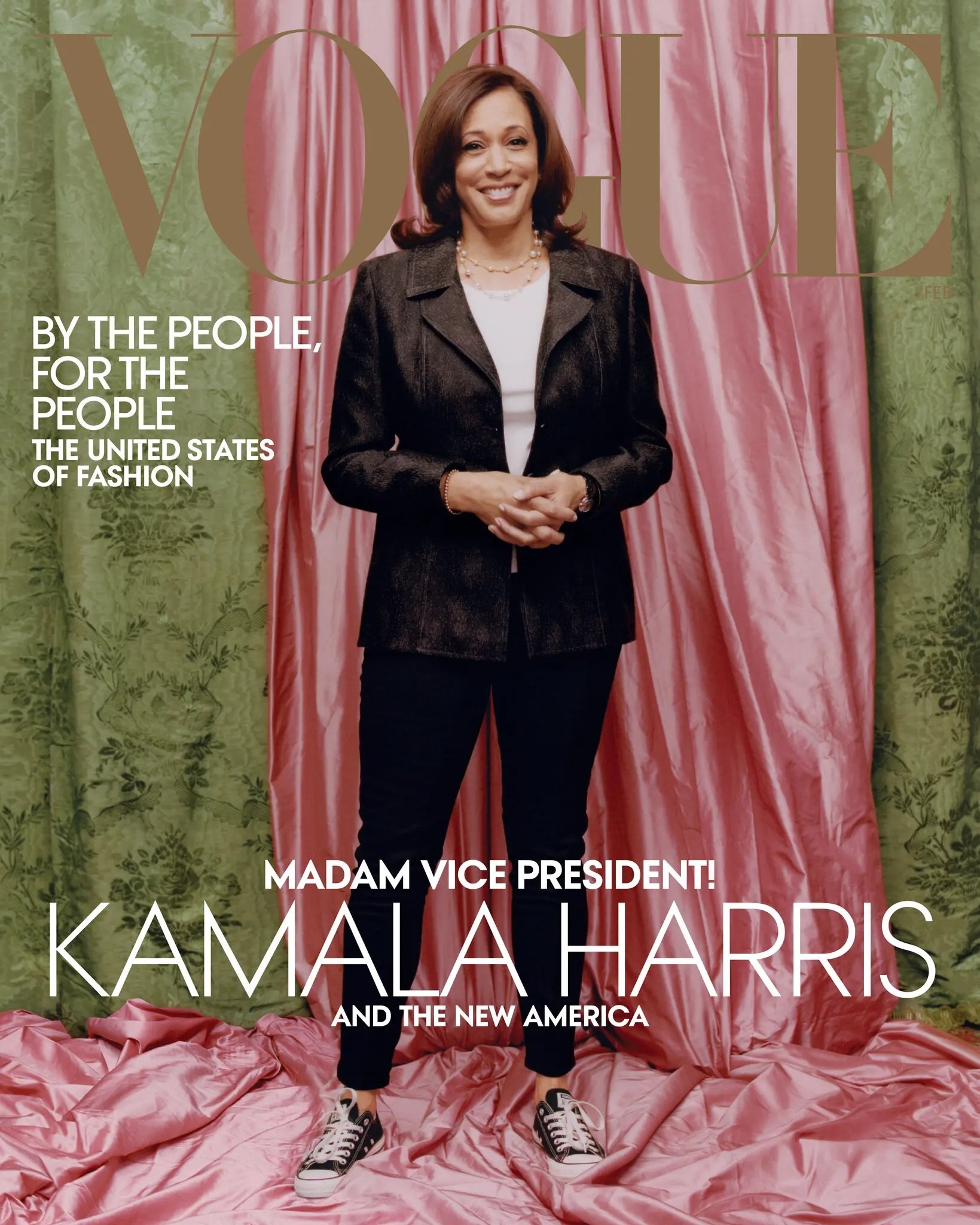Kamala Harris made history as the first female Vice President of the United States. As she steps into the role of presumptive presidential nominee for the Democratic Party in 2024, a common question arises: What is the appropriate form of address for the Vice President? Is it “Madam” or “Madame President”? While she currently holds the office of Vice President, the anticipation of her potential presidency fuels the discussion surrounding the correct title.
The debate between “Madam” and “Madame” for Vice President Harris gained traction, particularly after her 2021 Vogue cover featured the title “Madam.” Even her sister publicly uses “Madam Vice President.” However, the discussion continues. A simple online search suggests “Madam” is correct, but historical usage and popular culture have often associated the term with less desirable connotations. This raises the question of whether “Madam President” would be suitable if she were to become president.
The Historical Context of “Madam” and “Madame”
The use of “Madam” or “Madame,” rather than “Mrs.” or “Ms.,” stems from the terms’ historical association with rank and authority. Derived from the Latin “mea domina,” meaning “my lady,” both titles signify a woman of high standing. “Madam” outranks more common forms of address like “Mrs.” and “Miss” and retains a sense of honor and respect. This historical weight adds complexity to the question of using “Madam President” for a potential future president.
While grammatically “Madam” is the correct formal address before a title in English-speaking countries, “Madame” is generally the French equivalent of “Mrs.” Historically, in the 18th and 19th centuries, “Madam” in English sometimes referred to a woman who ran a brothel, while “Madame” remained a title for women of high social standing in French society. More recently, the French government adopted “Madame” as a universal form of address for women, eliminating the distinction between “Madame” and “Mademoiselle.” This evolving usage further complicates the “Madam” versus “Madame” debate, particularly in the context of “Madam President.”
“Madam President”: Reconciling Grammar and History
Choosing between “Madam President” and “Madame President” requires balancing grammatical correctness with historical sensitivity. Some argue that the negative historical connotations of “Madam” should lead to the adoption of “Madame.” Others believe that reclaiming “Madam” as a title of respect and authority for women is essential. This debate underscores the significance of language and its evolution in reflecting societal changes and attitudes towards women in leadership positions.
The question extends beyond mere semantics. It touches upon how we, as a society, choose to address and perceive women in positions of power. Vice President Harris’s potential ascension to the presidency amplifies the importance of this discussion. Her title should reflect the authority and respect due to the office, while acknowledging the historical context and potential interpretations of the terms.
Shaping the Future of Address
The conversation around “Madam President” offers an opportunity to actively shape the language we use to describe female leaders. Embracing “Madam” in its original sense of “boss lady” could redefine the term and empower future generations of women. Just as Vice President Harris acknowledges the women who paved the way for her, the decision of how to address a female president sets a precedent for future leaders.
The discussion surrounding what to call Kamala Harris, whether “Madam Vice President” or potentially “Madam President,” reflects a broader societal shift in acknowledging and celebrating women in leadership roles. It highlights the importance of language in shaping perceptions and reinforces the need for respectful and empowering forms of address for women who break barriers and achieve historic milestones.
